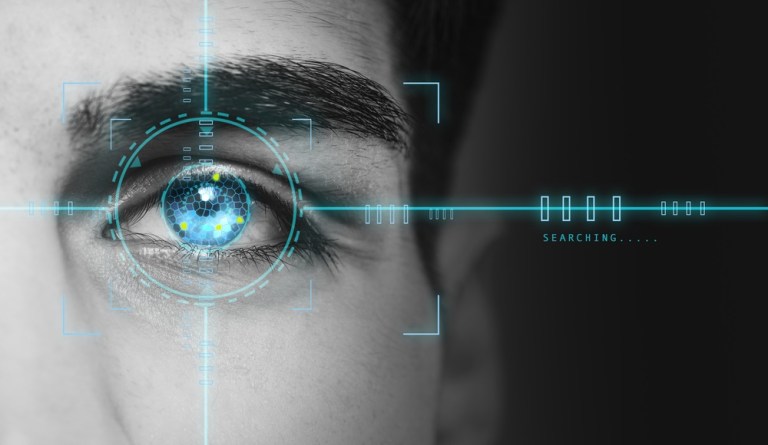
Samsung and Samsung Electronics America announced news on Thursday (Nov. 16) that they inked a deal with Thomson Reuters to use its Samsung SDS Nexsign biometric solution in several of its mobile and web-based apps.
In a press release, Samsung said Thomson Reuters is currently deploying Nexsign into production in a number of applications. The company will include it in some of its flagship products, with the user able to minimize the use of a password by enrolling their biometrics. Several products by Thomson Reuters are also using Samsung’s Knox defense-grade cybersecurity platform in several of its mobile apps.
“Samsung SDS America is excited to collaborate with Thomson Reuters to enable their applications with biometric authentication to help improve the customer experience, increase security and add a competitive edge to Thomson Reuters solutions,” said Richard Lobovsky, vice president of Enterprise Solutions at Samsung SDS America. “Our global partnership continues to grow with the deployment of our biometric authentication platform, providing end-to-end services from hardware to software to services, across Thomson Reuters’ application portfolio.”
Samsung SDS Nexsign is a FIDO-certified biometric authentication platform that enables users to verify their identity by using biometric information, such as a fingerprint, face or voice recognition.
“Thomson Reuters’ partnership with Samsung SDS Nexsign™ underlines our commitment to quickly apply emerging technology to drive intuitive customer experiences and robust security across our products and platforms,” said Tony Kinnear, managing director, ASEAN & North Asia, Thomson Reuters. “We are particularly excited about the role biometric authentication will play to both of these ends.”
Accessing websites and mobile apps via biometrics is growing in popularity, thanks in part to Apple and the iPhone X, which includes Face ID. Face ID is a facial recognition technology that unlocks the iPhone X and enables payments. Other companies have been started to embrace Face ID as a way to access all sorts of accounts and increase cybersecurity measures.